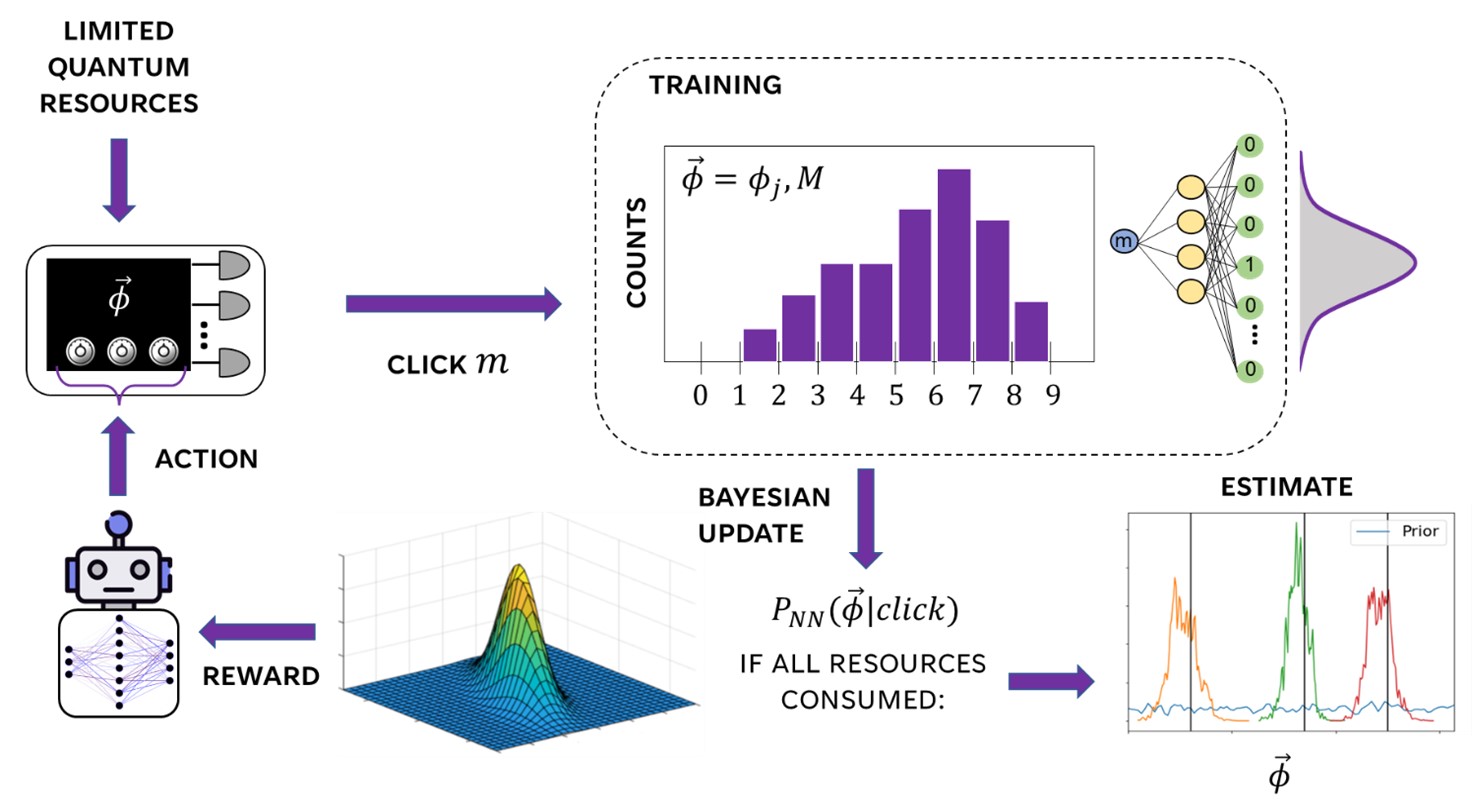
Worldwide, over two billion people lack reliable access to clean water. And one potential solution for meeting that need works a lot like a sponge, soaking up clean water while leaving contaminants behind.
Researchers at Princeton University have developed the next generation of their solar absorber gel technology, a device that could be key to unlocking clean water access for people across the globe...
Read More









Recent Comments